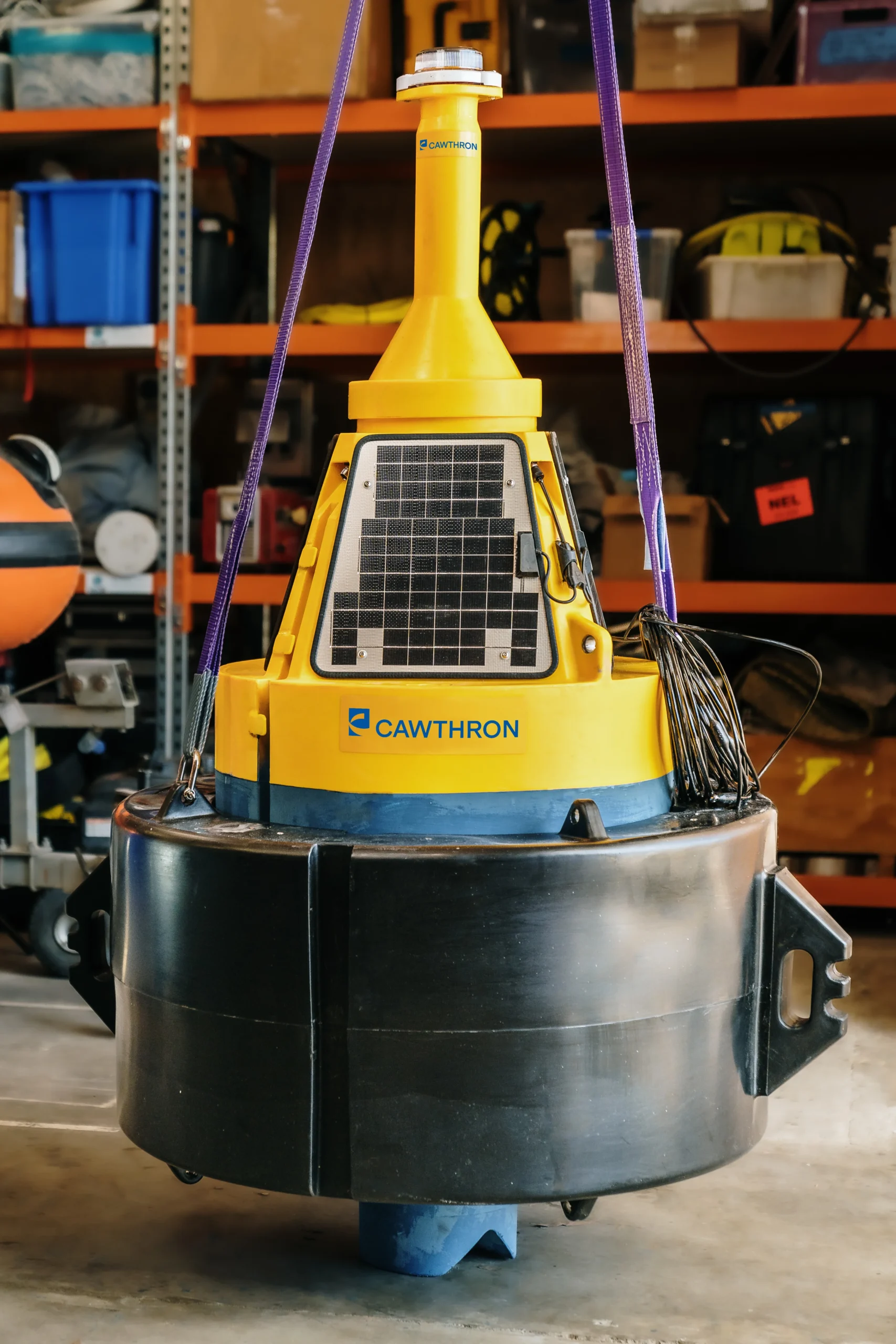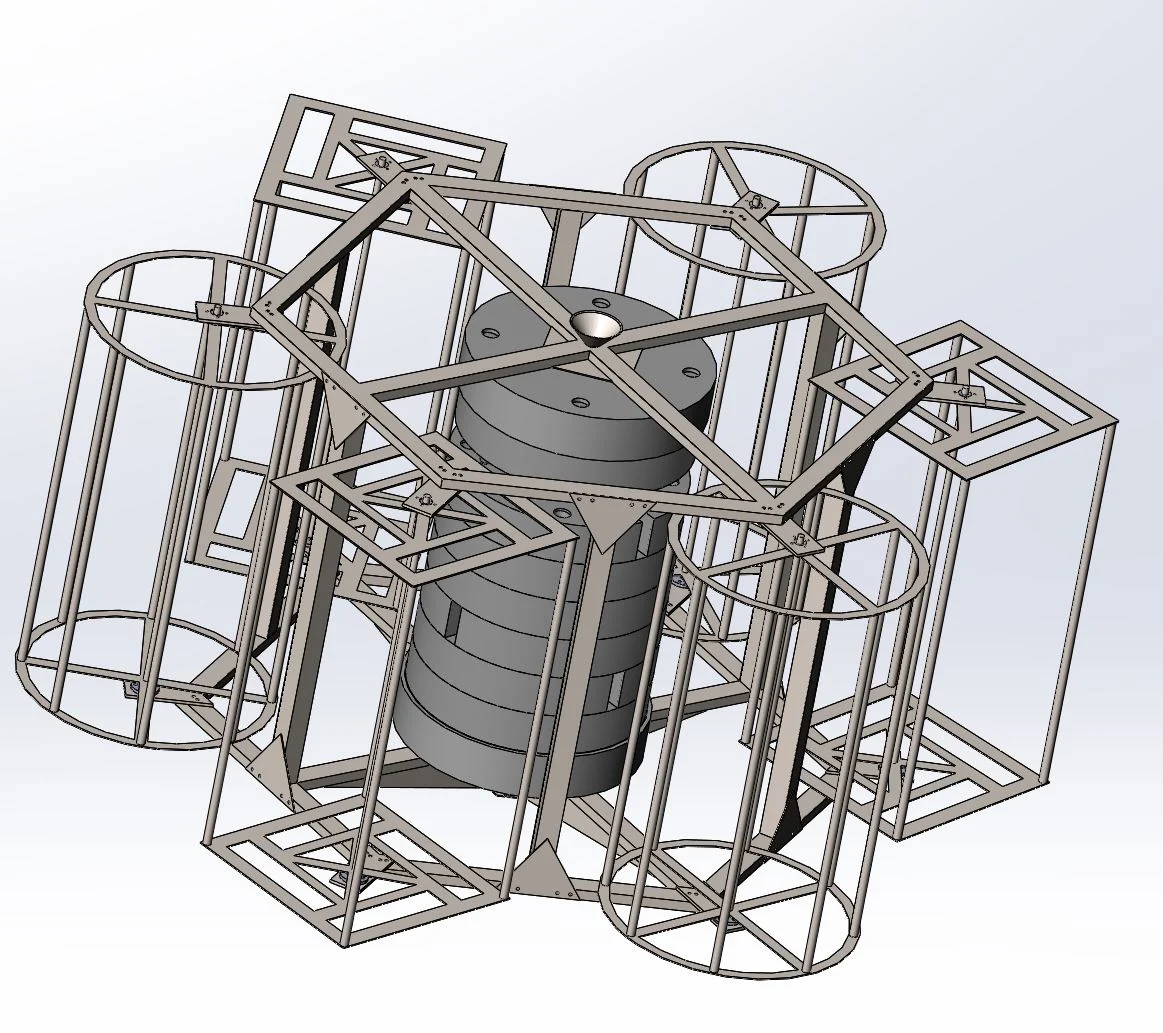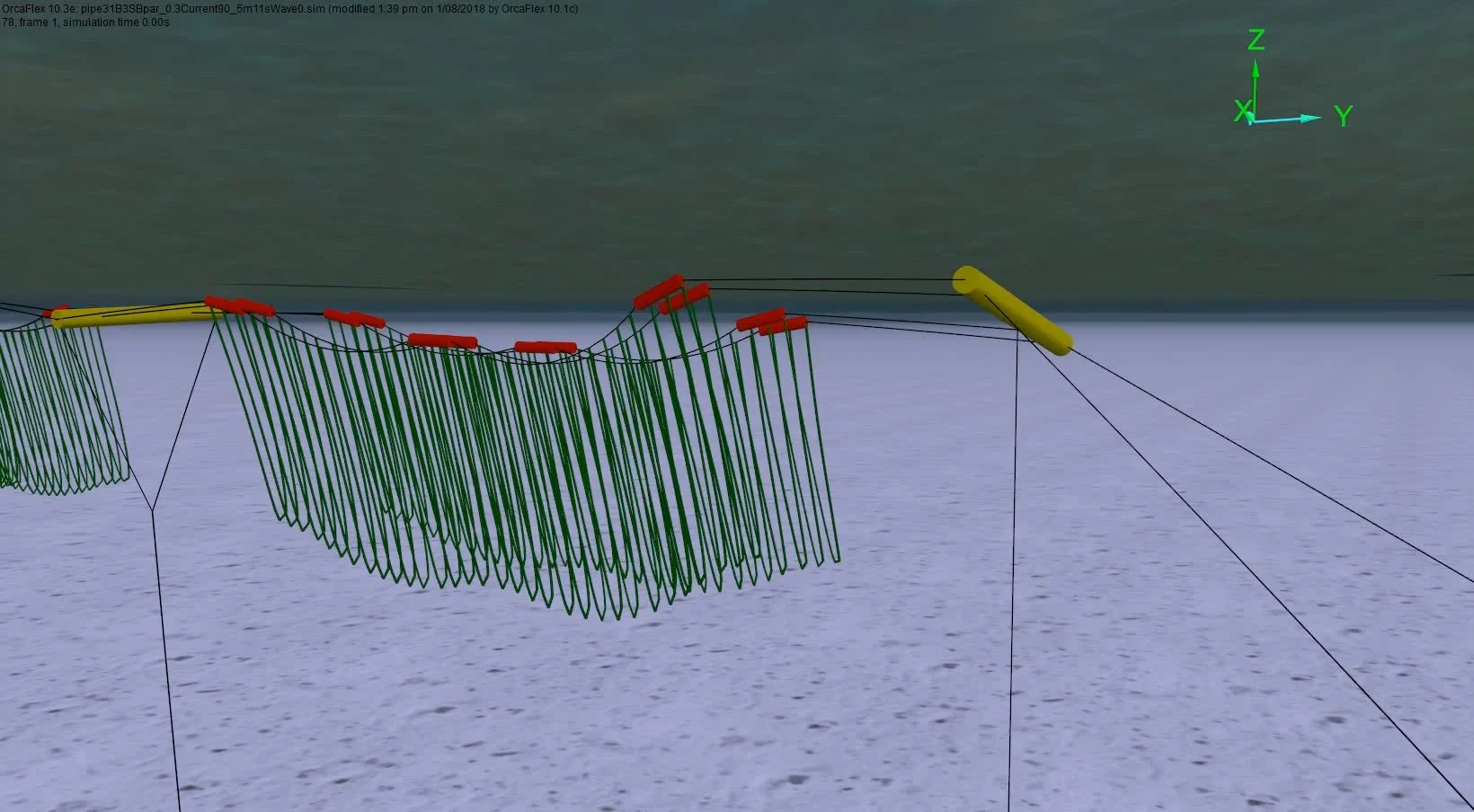New Technologies
This project will revolutionise New Zealand’s approach to the design and testing of OOA structures. It will build on existing knowledge and capability to confidently create aquaculture systems and structures for reliable and cost-effective shellfish and seaweed OOA.
Our research and development efforts will focus on the creation of new technology in three key areas: remote monitoring technologies, structural design and modelling.
Monitoring
We currently lack the integrated systems for remotely monitoring and managing OOA farm structures. We will work with partner programmes (e.g. SfTI NSC Precision Aquaculture) to develop the infrastructure that will advance remote monitoring and control of farms in the open ocean.
Real-time communication between devices on-farm and from farm-to-land will enable managers to monitor the integrity of structures during/after storms, reducing the requirement for visual inspection, and predict when crops are ready to be harvested. In particular we plan to develop affordable and scalable sensors that monitor load and movement on structures, and environmental parameters and conditions like temperature, salinity, wave height and currents, and buoys that effectively transmit that data back to land.

Structural Design
Currently, open ocean aquaculture systems look very similar to existing inshore systems, with adaptations to help the structures withstand the totally different offshore environment.
We think bespoke offshore systems offer greater potential in the long term, and are bringing multi-disciplinary teams of researchers together to design structures that are suited to the biology of our target seaweed and shellfish species.
The other factor that will influence structural design is our understanding of the ocean environment and how it is likely to interact with the species and the structure.

Modelling
Modelling is a key component of the structure development process, because it will enable us to be confident that our designs will be effective before we construct full-scale prototypes and run trials.
We are completing modelling and simulation phases of research and development first, before testing prototypes under real-world conditions on commercial farms owned by industry partners to the Programme.

